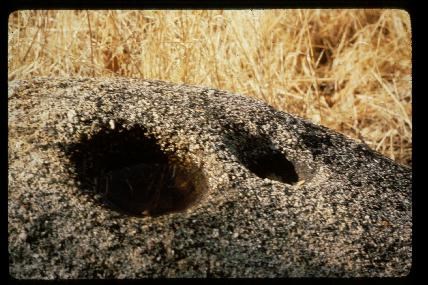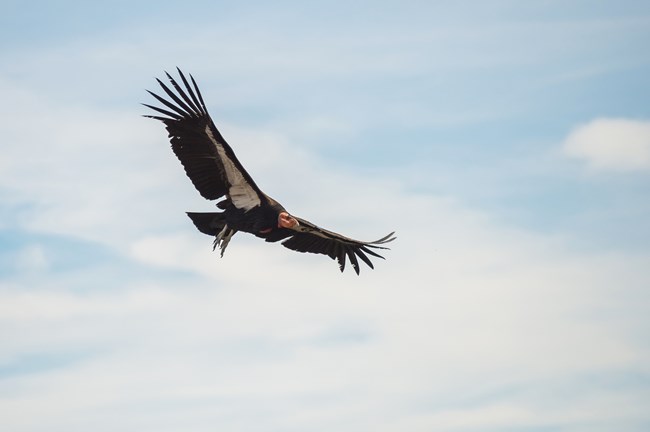
Pinnacles National Park continues to learn about the history of Native peoples, but many archaeological records are incomplete. There was no written record prior to European colonization as most stories and knowledge were passed from generation to generation in an oral tradition. Unfortunately, this transfer of knowledge was disrupted by the arrival of the Spanish in 1769 and the introduction of the mission system which prohibited people from speaking their Native language or engaging in their cultural practices. During the process of colonization that continued with Mexicans and then early Americans, it was safer to hide one's native identity and pretend to be Spanish. Some people retained knowledge from the time before the mission and many Californian Indian people are working today to 'relearn' as much of their traditional ecological knowledge as they can. Click to read a brief article about Piu-uina, a Chalon woman who came from the area that is now Pinnacles National Park. 
There are ample plant and animal resources within Pinnacles that would have provided food, medicine, and materials throughout the year. In the spring people may have been in Pinnacles rebuilding temporary brush huts and gathering leafy parts of plants, grass and wildflower seeds and plant bulbs for food. They may have used Pinnacles as a gathering site for prized basket weaving materials such as the strong roots from the Santa Barbara sedge (Carex barbarae) or flower stalks from deergrass (Muhlenbergia rigens). In the fall people gathered acorns from the oak trees and pine nuts from the gray pine (Pinus sabiniana). 
Condors have a significant role in Amah Mutsun mythology, it was the condor (or wasaka in Mutsun) who escorted the spirits of deceased relatives to the next world across the sea. A condor ceremony was traditionally held approximately every two years to honor and communicate with the dead. The Amah Mutsun conducted a ceremony in 2011 to celebrate the return of the condor to Pinnacles and work towards the conservation and recovery of all threatened and endangered species. Pinnacles National Park worked with the Amah Mutsun Tribal Band to gather this information, to learn more visit amahmutsun.org. |
Last updated: June 28, 2024
